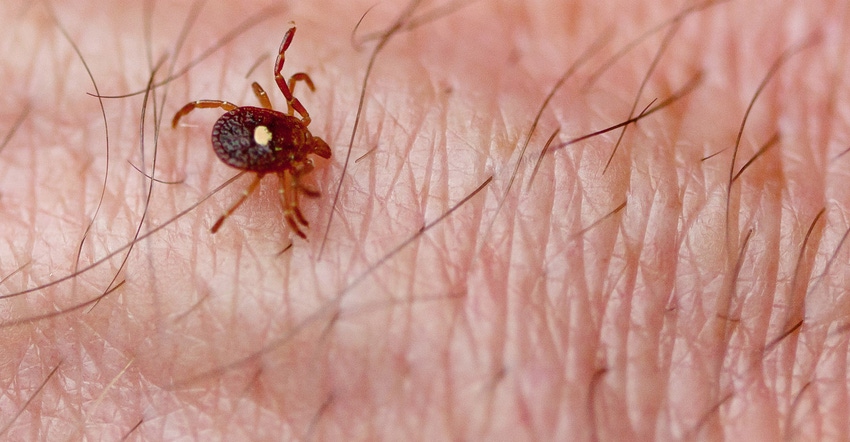July 2, 2019

According to the American College of Allergy, Asthma and Immunology, a bite from a lone star tick could lead to an allergy to beef and pork. The lone star tick is otherwise known as Amblyomma americanum, according to Medical Daily.
“It seems like a far-fetched story but we’re fairly convinced that tick bites can cause this allergy, which is called alpha-gal syndrome,” Scott P. Commins, MD, PhD, an associate professor in medicine in the division of rheumatology, allergy, and immunology at the UNC School of Medicine, told Delish. Alpha-gal is a type of sugar found in red meat.
The allergy is nothing to joke about as reactions can cause life-threatening symptoms, like trouble breathing or low blood pressure, according to Commins, in Prevention. Other symptoms may include:
Abdominal cramping
Swelling of the throat lips and tongue
Weakness
Nausea and vomiting
Headaches
Skin rashes
Symptoms appeared more than two hours after eating red meat for 81% of participants in a recently published study.
Lone star ticks range from the southeast through the eastern United States. Researchers from the National Institute of Allergy and Infectious Diseases reported avoiding red meat allowed patients “to avoid further anaphylaxis for the duration of follow-up, which ranged from 18 months to 3 years,” in an article published in JAMA.
Mayo Clinic parasitologist Dr. Bobbi Pritt says the lone star tick is an aggressive biter. It’s reported to have reached parts of Wisconsin.
Video courtesy Mayo Clinic News Network
You May Also Like




